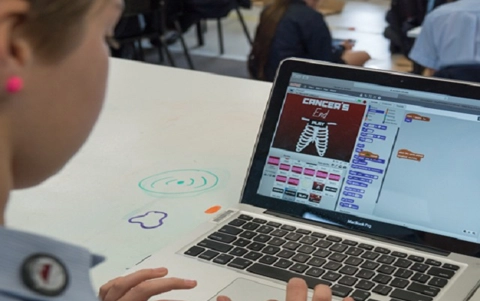Design Thinking Process - Ideation
Students explore the design thinking process of ideation and reflect on different ways we can generate ideas in order to solve a problem with a design brief. This particular lesson explores healthy eating through the design brief although the activities can be used to ideate any design.
Additional details
| Year band(s) | 5-6 |
|---|---|
| Content type | Lesson ideas |
| Format | Web page |
| Australian Curriculum Digital Technologies code(s) |
AC9TDI6P03
Design a user interface for a digital system |
| Keywords | Think like an inventor, Ideation, Design brief, Healthy eating, Problem solving |
| Integrated, cross-curriculum, special needs | HPE, STEM |
| Organisation | ESA |
| Copyright | Creative Commons Attribution 4.0, unless otherwise indicated. |
Related resources
-
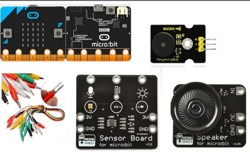
Classroom ideas: Micro:bit Environmental Measurement (visual and general-purpose programming) (Years 5-8)
Investigating environmental data with Micro:bits: This tutorial shows the coding needed for digital solutions of some environmental issues that can be created using pseudocode and visual programming.
-
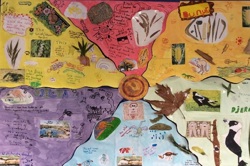
Classroom ideas F-10: Aboriginal and Torres Strait Islander connections to Digital Technologies
This resource provides examples of ways Aboriginal and Torres Strait Islander Histories and Cultures can be integrated into Digital Technologies. Examples include 'classification and sorting data' and 'designing solutions'.
-

Computational thinking poster
A poster/infographic that gives a brief overview of the concepts related to computational thinking.
-

DIY micro:bit metal detector (Years 5-6)
This activity shows one way to incorporate Digital Technologies into a goldfields unit in an authentic way using a micro:bit.
-
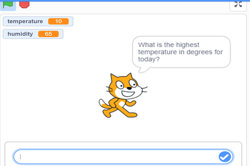
Visual programming with Scratch (Years 3-6)
This resource comprises a collection of sample activities that incorporate visual programming (Scratch) into teaching and learning programs.
-
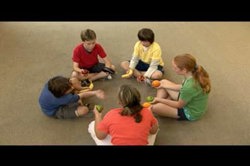
Exploring digital systems unplugged: networks (Years 5-6)
Simple ideas for learning about a digital systems such as a network, unplugged.
-

CAS Barefoot
A broad collection of online resources to support teachers to develop and implement computational thinking, concepts and computer programming. Free log in required to access materials.
-

Computational Thinking – 6 learner guides
This site offers a range of resources to help teach computational thinking and its components.
